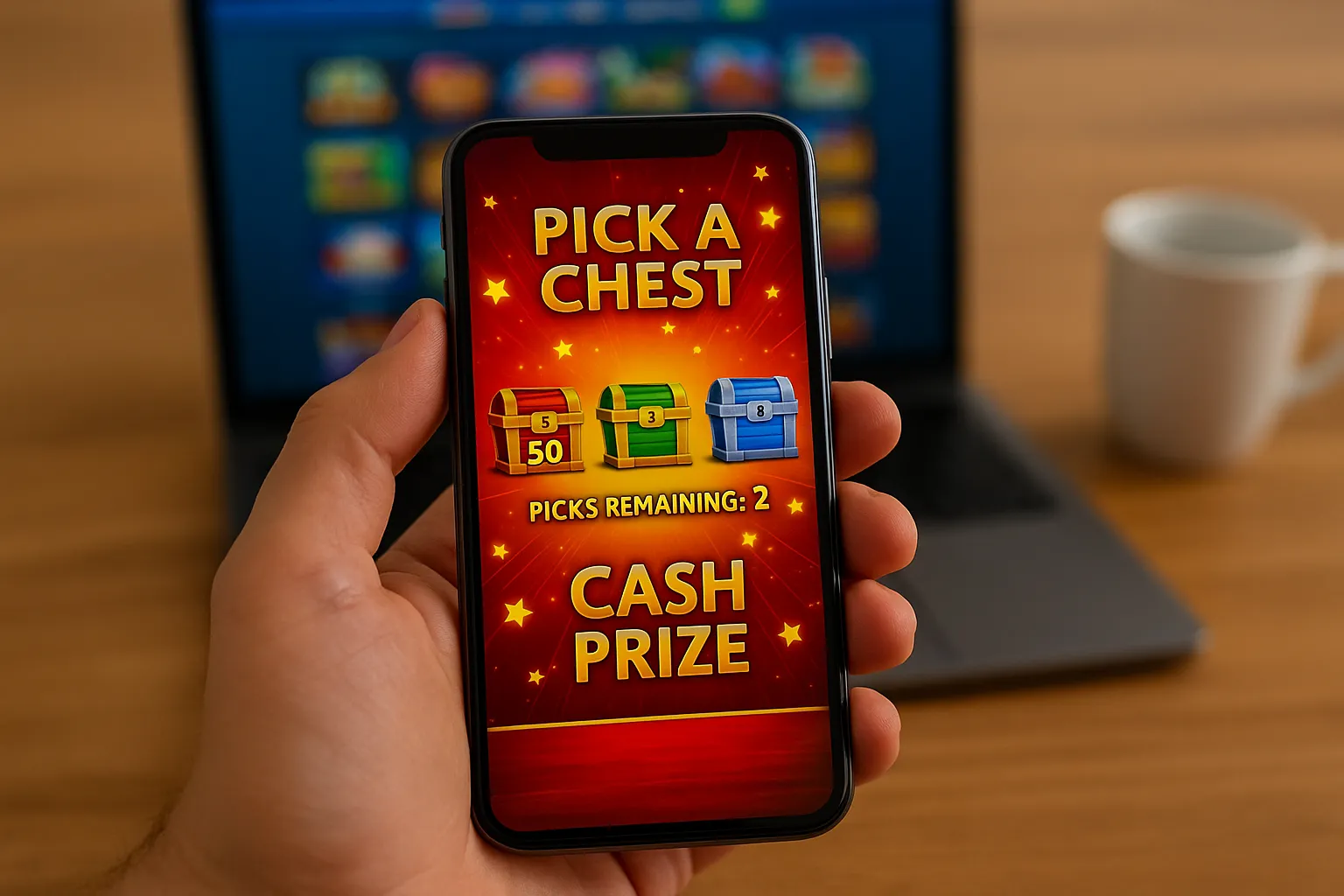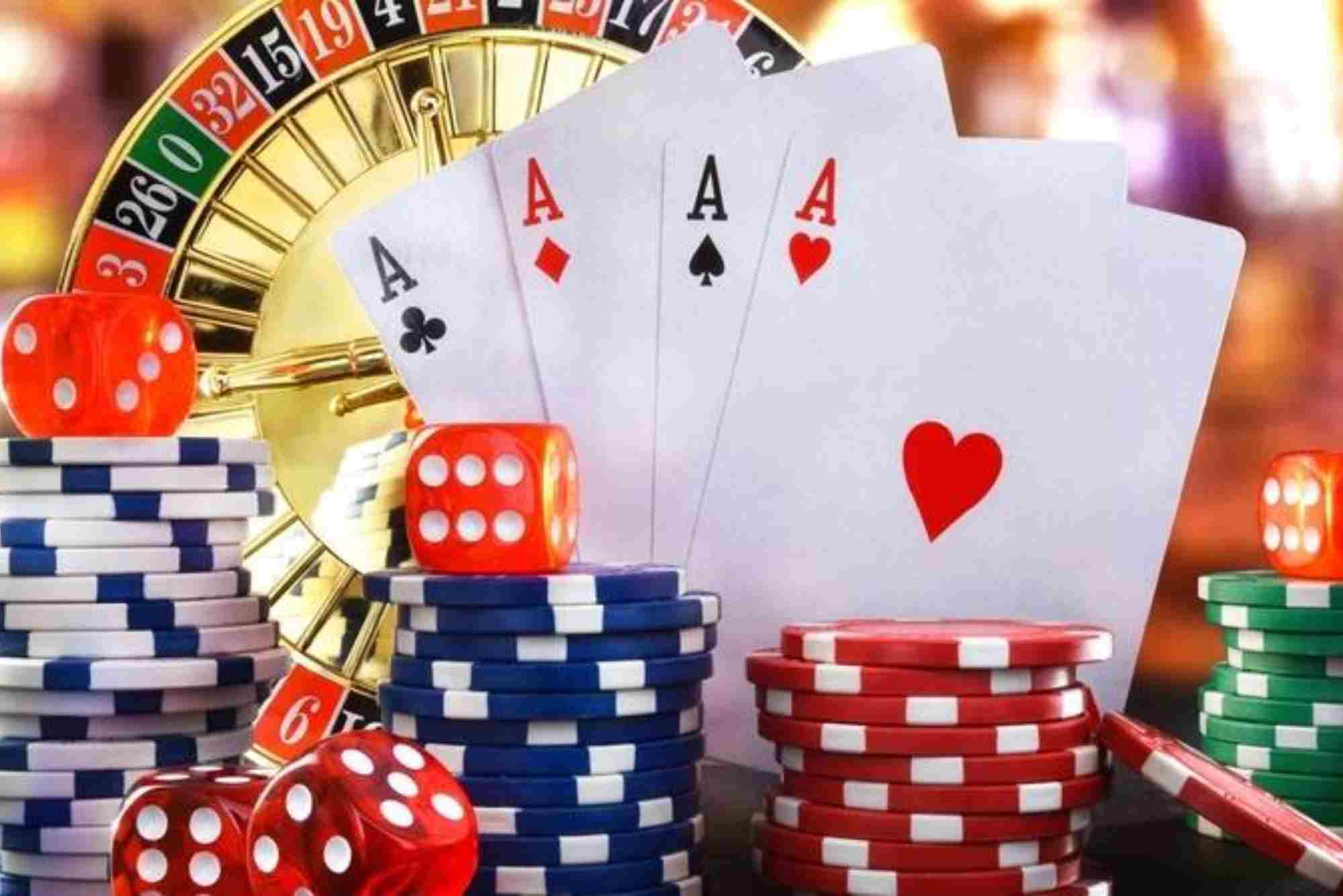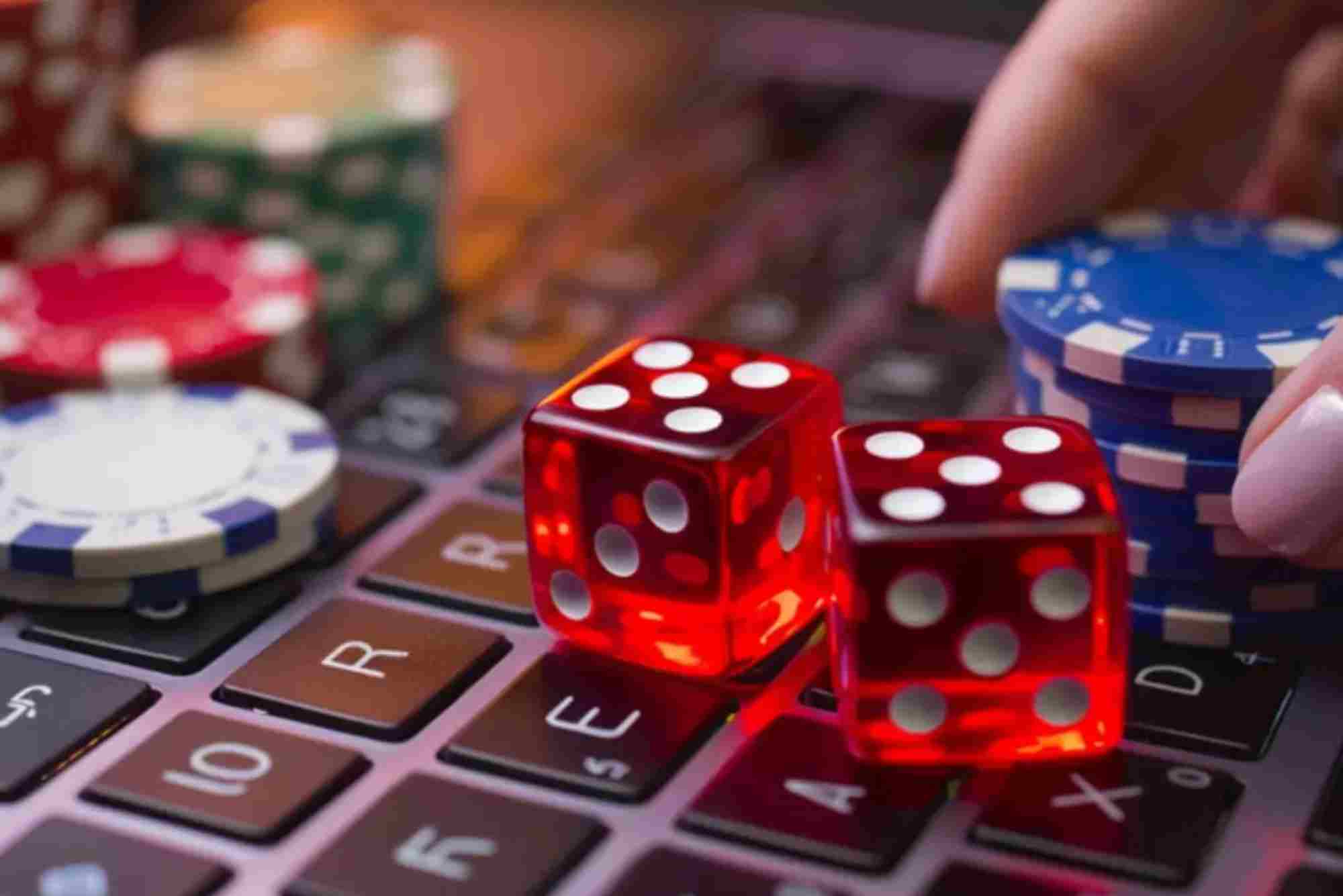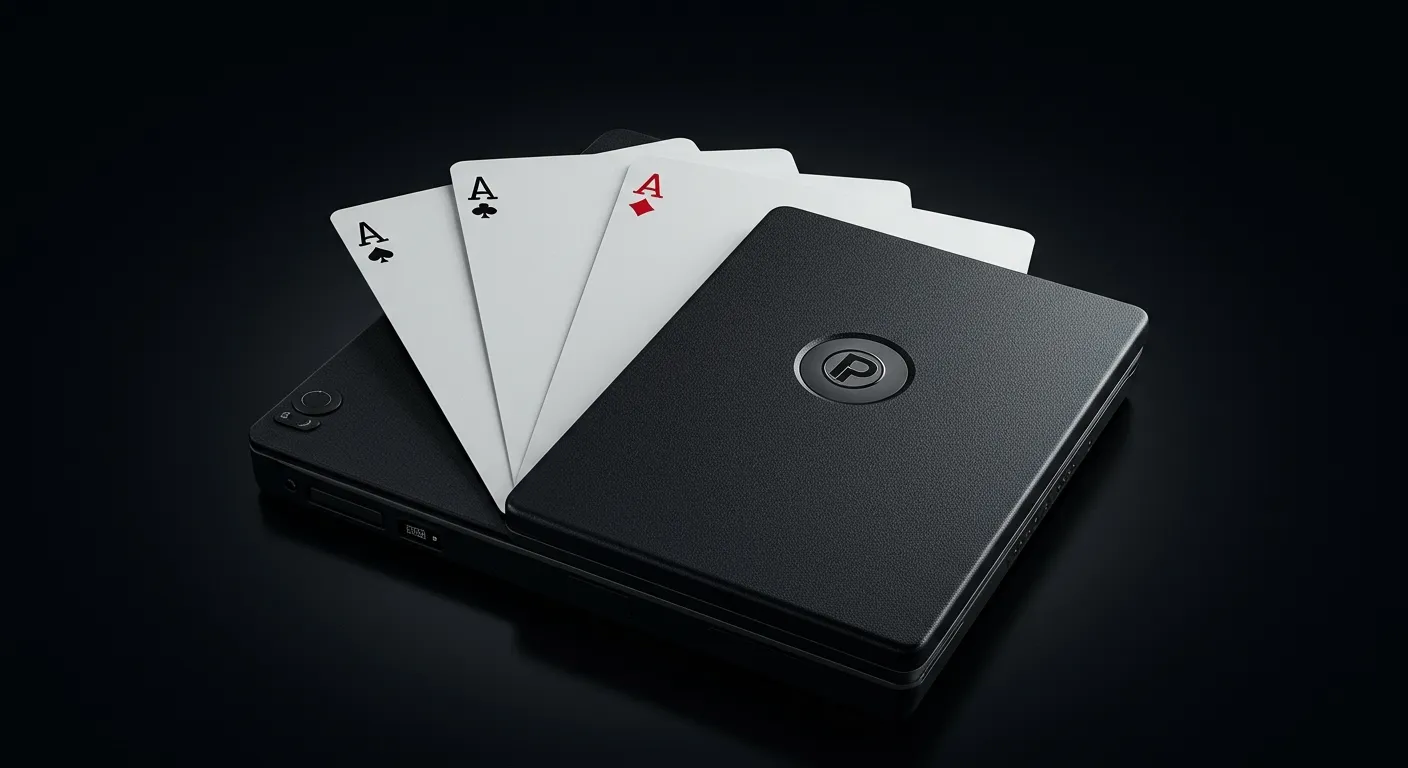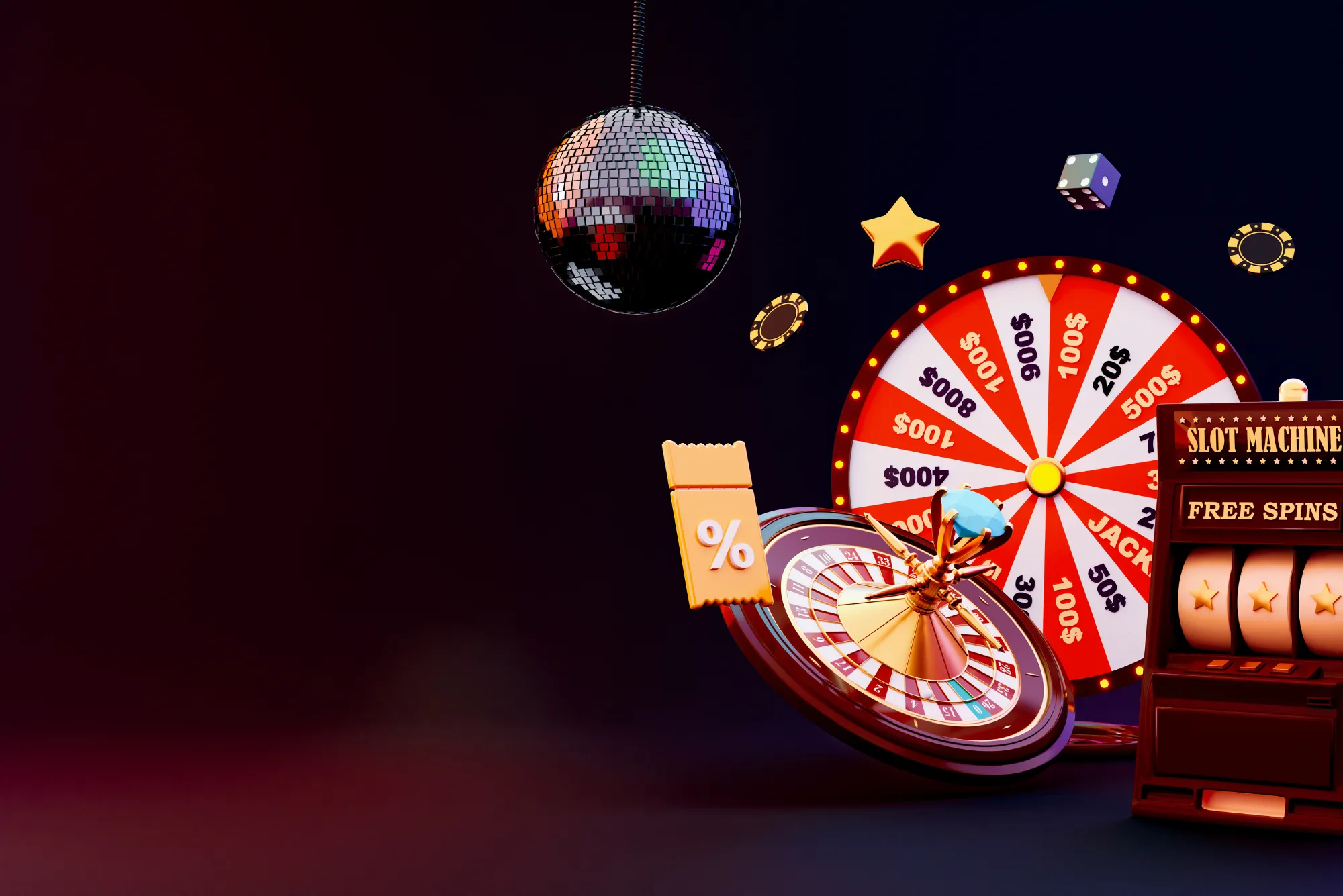When I first triggered a pick-and-win bonus years ago—faced with a row of treasure chests pulsing gently—I remember pausing longer than necessary, as if my intuition could influence the outcome. Of course, it couldn’t. Yet that moment of deliberation captures exactly why “pick” features are so enduring: they create an illusion of control layered on top of mathematics that has already sealed your fate. In this article, we’ll unpack how pick bonuses actually work, what makes the prizes “random,” and how you can approach them with clear expectations. We’ll also look at how these mechanics are presented across desktop, mobile, and the broader ecosystem of modern online platforms, including the way they appear on non GamStop casinos.
What Are Pick Features in Slots?
Pick (or pick-and-win) features are bonus rounds where you’re presented with concealed items—chests, coins, scrolls, crystal orbs, mystery cards, alien pods, you name it. You select a certain number of these items to reveal instant cash prizes, multipliers, free spins, progressive jackpot entries, or advancement tokens in multi-stage bonuses. They break the spin-spin-spin cadence, inject momentary decision-making, and heighten emotional engagement.
Are Pick Prizes Truly Random?
Yes—legitimate pick prizes are determined by the game’s Random Number Generator before or at the moment the feature begins. There are two principal implementation models:
Pre-Allocation Model: The RNG predetermines every concealed prize and locks them in behind each object. Your subsequent picks simply reveal what’s already fixed. If you could replay the exact same seed, picking a different chest order wouldn’t change the final set of rewards.
Outcome-Bundle Model: The RNG first calculates the total outcome (e.g., 23× bet) then distributes component prizes across the clickable objects in a pattern consistent with volatility design. Here, your choices reveal slices of a total already decided.
In both cases, skill or intuition does not alter expected value (EV); your sense of control is a psychological device known as the “illusion of control,” increasing satisfaction without affecting fairness. Reputable licensing jurisdictions require mathematical certification proving that the aggregate distribution of pick prizes matches the advertised return to player (RTP).
Why Developers Use Pick Mechanics
Pick bonuses fuel engagement through several layered effects:
Pacing Variation: After a string of base spins, a tactile interaction punctuates monotony.
Progressive Tease: Many designs hide jackpot tokens; even near-misses (revealing two of three required symbols) foster anticipation in later sessions.
Volatility Sculpting: Designers can seed many small credit prizes with rare high-value reveals, shaping a reward curve that aligns with the game’s target volatility band without tweaking base-spin hit frequency.
Narrative Integration: Theming (excavating relics, selecting potions) enriches story-driven slots, making mechanical repetition feel like narrative progression.
Common Pick Bonus Structures
Even without seeing the underlying code, you can classify most pick rounds into a handful of archetypes:
Static Grid Reveal: A fixed set (e.g., 12 tiles) with a limited number of picks. Simple, fast, low cognitive load.
Elimination / Life System: Some objects contain “collect” or “end” symbols terminating the bonus; tension escalates with each safe pick.
Accumulator Path: Picks add coins, multipliers, and occasionally “advance” arrows that open a deeper level with richer prize ranges.
Set Collection: You keep picking until you assemble a full set (e.g., three matching jackpot gems). Prize odds depend on how many of each symbol were seeded initially.
Risk Ladder Hybrid: After revealing an initial prize, you may choose to “re-pick” or gamble for an enhanced tier—still RNG governed, but blending pick agency with classic gamble ladders.
The Mathematics Under the Hood
Designers target a contribution budget for the bonus feature (say 28% of the total RTP) and then simulate millions of trials to ensure long-term conformity. Suppose the base game RTP is 64% and the advertised overall RTP is 96%. The remaining 32% must be delivered across bonus modes; if pick features account for 28%, free spins and ancillary mechanics supply the other 4%. Prize tables and distribution weights are tuned so that:
-
Mean Return: Matches budgeted RTP slice.
-
Variance: Aligns with marketing goals (e.g., “high volatility thrill”).
-
Hit Frequency: Ensures players encounter the feature often enough to remember it, but not so often that it feels trivial.
A pre-allocation grid might assign probability weights like: 40% small prizes (2–5×), 45% medium (6–15×), 13% large (16–49×), 2% epic (50×+). Developers may further “cluster” higher prizes so that multiple high tiles cannot all be chosen in one round (soft-capping extreme outcomes), or conversely allow rare multi-epic rounds to create social-media-worthy screenshots.
Illusion of Control vs Actual Choice
From a game psychology standpoint, the key is procedural fairness with perceived agency. Eye-tracking studies show players linger longer on pick interfaces, scanning patterns (edges, centers, diagonals) despite uniform probability. Providing an illusion of strategic picking (e.g., “hot” chest animations) boosts entertainment value without deceiving players, provided terms and RTP are transparent. Good game UX clarifies that outcomes are chance-based—avoiding misleading cues like implying that memorization or pattern recognition can influence RNG.
Progressive Jackpots in Pick Rounds
Some slots gate progressive jackpots behind pick-and-match sequences (e.g., uncover 3 identical jackpot tokens). Statistically, the game has already decided whether any jackpot will drop; the “match 3” animation is theatrical. This approach standardizes jackpot odds relative to bet size and network rules while letting players experience a suspenseful unveiling rather than an abrupt banner. Understanding this can temper unrealistic expectations while preserving excitement.
Bankroll Strategy for Pick-Heavy Games
Because pick bonuses often supply a significant RTP slice, long droughts between triggers can erode your session balance. Practical guidelines I use:
Session Bankroll Segmentation: Divide your total intended spend into sub-units; if a pick bonus hasn’t appeared by the end of a segment, reassess stake size rather than chasing.
Stake Calibration: Higher stakes don’t improve frequency of triggering; they magnify variance. If you want to sample multiple pick rounds, choose a stake that statistically allows 200–300 spins (roughly enough to encounter several medium-frequency bonuses in many designs).
Exit Conditions: Decide in advance: after X pick bonuses or after doubling/halving your starting bankroll, pause. This reduces post-bonus overconfidence tilt.
Reading Paytables and Help Screens
Always open the game’s “Info” or “Help” section. Quality titles disclose:
-
Trigger symbols and counts (e.g., 3 bonus icons on reels 2-4-5).
-
Number of picks awarded (sometimes scaling with triggering scatters).
-
Prize range per object (stated in multiples of stake).
-
Presence of terminator symbols (“Collect,” “Skull,” “Bomb”).
-
Jackpot eligibility rules (bet minimums, currency conversion).
If the help screen is vague (e.g., “Win up to 1000×!” without distribution context), treat claims cautiously. Transparent documentation is a hallmark of reputable development studios.
Mobile UX Considerations
On phones, pick interfaces must balance finger-friendly hit boxes with screen real estate. Responsive layouts often reduce a 5×5 grid to a 4×4 arrangement or paginate picks horizontally. Haptic feedback (small vibrations on reveal) and subtle scaling animations compensate for limited space, maintaining sensory satisfaction akin to cabinet button clicks. Lag or dropped frames during reveal sequences can dull perceived fairness, so stable connectivity matters—especially for server-authoritative designs where each pick requests a reveal packet.
Compliance, Fairness, and Audits
Licensed jurisdictions (UKGC, MGA, Gibraltar, Isle of Man, New Jersey DGE, etc.) mandate independent testing labs verify RNG integrity and theoretical payback. Labs run enormous Monte Carlo simulations confirming that pick feature returns align with declared RTP and that no hidden states bias selection order. If you ever doubt fairness, verify the operator’s license number on the regulator’s public register. Unlicensed sites may simulate pick reveals client-side without credible certification—avoid those.
Comparing Pick Bonuses to Other Bonus Types
-
Versus Free Spins: Picks deliver immediate resolution; free spins stretch suspense across multiple spins. Picks offer concentrated volatility; free spins spread variance.
-
Versus Hold-and-Respin: Hold features show accumulating symbols with remaining spin counters; picks compress reward revelation into discrete decisions.
-
Versus Gamble Ladders: Ladders explicitly expose risk trade-offs; picks mask predetermined outcomes behind choice illusions, often with lower cognitive load.
Knowing these contrasts helps you choose games aligned to your preferred excitement rhythm.
Responsible Play and Cognitive Load
Pick rounds can accelerate time distortion—decisions feel rapid, and post-feature adrenaline may nudge you into raising stakes. Practical self-regulation tools: enable “reality check” pop-ups, log start/end bankroll, and jot quick session notes (“2 pick bonuses, net –18%”) to anchor perception to data rather than memory bias (which tends to overweight spectacular wins).
Future Trends in Pick Mechanics
Expect convergence with meta-progression systems: persistent “collectible shards” found in pick rounds to craft cosmetic avatars or unlock narrative chapters; cross-platform syncing where a pick bonus begun on desktop finishes on mobile; and socially pooled pick stages where community milestones unlock global reward multipliers. Augmented reality experiments may even place pick objects into your physical space for novelty—still RNG-guaranteed underneath.
Conclusion
So, can picks give random cash prizes? Absolutely—and the “random” part is rigorously enforced when you play on regulated platforms. Your selections personalize the reveal but not the underlying math. Understanding pre-allocation versus outcome-bundle models, recognizing psychological design cues, and applying disciplined bankroll management allows you to enjoy the theater without harboring myths about influence. Treat pick rounds as entertaining variance spikes within a larger statistical framework, and they become a flavorful feature rather than a source of misplaced hope. May your next chest conceal something pleasantly above the mean—while your expectations stay firmly grounded.

